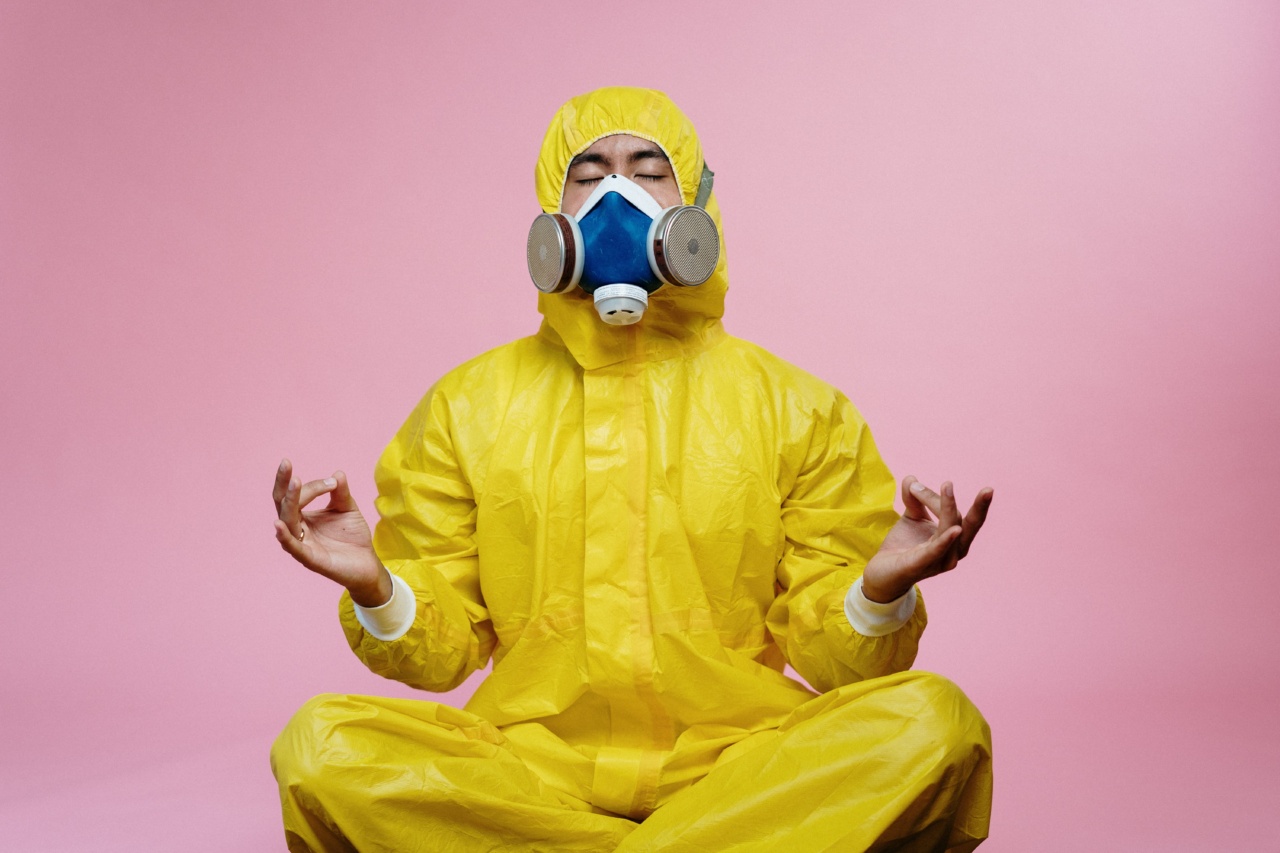Human papillomavirus (HPV) is the most common sexually transmitted infection (STI) in the United States.
While HPV is commonly associated with cervical cancer in women, it’s important to note that men are also at risk of contracting and transmitting HPV. In fact, HPV can lead to various health issues in men, including genital warts and certain types of cancers such as anal, penile, and oropharyngeal cancer.
Understanding HPV
HPV is a group of more than 150 related viruses, with some strains being high-risk and others low-risk. High-risk HPV strains are known to cause cancer, whereas low-risk strains typically result in genital warts.
HPV can be transmitted through vaginal, anal, or oral sex, as well as through close skin-to-skin contact. It’s important to understand that even if an individual doesn’t display any symptoms, they can still carry and transmit the virus.
Prevention Strategies
Preventing HPV in men involves several strategies that aim to reduce the risk of acquiring the virus. These strategies include:.
1. Vaccination
One of the most effective methods of HPV prevention in both men and women is vaccination. The HPV vaccine is recommended for boys and girls aged 11 to 12 years, but can be administered as early as 9 years old.
The vaccine offers protection against the most common high-risk and low-risk HPV strains that cause cancer and genital warts. For those who haven’t been vaccinated during adolescence, catch-up vaccination is also recommended for males up to the age of 21 and for females up to the age of 26.
2. Safe Sexual Practices
Practicing safe sex is crucial in reducing the risk of HPV transmission. Using condoms consistently and correctly during sexual activity has been shown to provide some level of protection against HPV.
However, it is important to note that condoms only cover the affected area and may not completely eliminate the risk of transmission if the virus is present in areas not covered by the condom.
3. Mutual Monogamy
Engaging in a mutually monogamous relationship with a partner who is HPV-free can significantly reduce the risk of transmission.
However, it is important to remember that HPV can remain dormant for a long time, and a partner may unknowingly carry the virus without displaying any symptoms.
4. Regular Screening
Regular screening is crucial for detecting HPV-related health issues early. Men should consider getting tested regularly for STIs, including HPV, particularly if they engage in high-risk sexual behaviors or have multiple sexual partners.
While there are no routine screening tests available specifically for men, healthcare providers may perform visual exams or pap tests if they suspect HPV-related issues.
5. Avoiding Tobacco and Alcohol
Research suggests that individuals who smoke or regularly consume alcohol may have a higher risk of HPV-related oral and throat cancers.
Quitting smoking and moderating alcohol consumption can reduce the risk of developing these cancers, even in those who are already infected with HPV.
6. Maintaining a Healthy Lifestyle
A strong immune system plays a significant role in fighting off HPV infections.
By practicing a healthy lifestyle, including eating a balanced diet, exercising regularly, and getting enough sleep, individuals can bolster their immune system and reduce the risk of HPV-related health issues.
7. Educating Yourself
Being well-informed about HPV, its modes of transmission, and prevention strategies is essential for individuals to make informed decisions about their sexual health.
Educating yourself and others can help in breaking down stigmas associated with HPV and encouraging proactive prevention methods.
8. Communication and Open Dialogue
Open and honest communication with sexual partners about sexual health is crucial.
Discussing HPV and other STIs with partners allows for informed decision making and ensures that both individuals have a mutual understanding of potential risks and prevention strategies.
9. Regular Check-ups
Regular check-ups with healthcare providers allow for the discussion of sexual health concerns and ensure that any potential HPV-related issues are identified and addressed promptly.
It also provides an opportunity to stay up-to-date with vaccinations and receive necessary medical advice.
Conclusion
Preventing HPV in men requires a multi-faceted approach that includes vaccination, safe sexual practices, regular screenings, and maintaining a healthy lifestyle.
By understanding the risks associated with HPV and implementing appropriate prevention strategies, men can minimize their chances of contracting and transmitting the virus. Open dialogue, education, and regular medical check-ups play a crucial role in promoting sexual health and reducing the prevalence of HPV-related health concerns.































